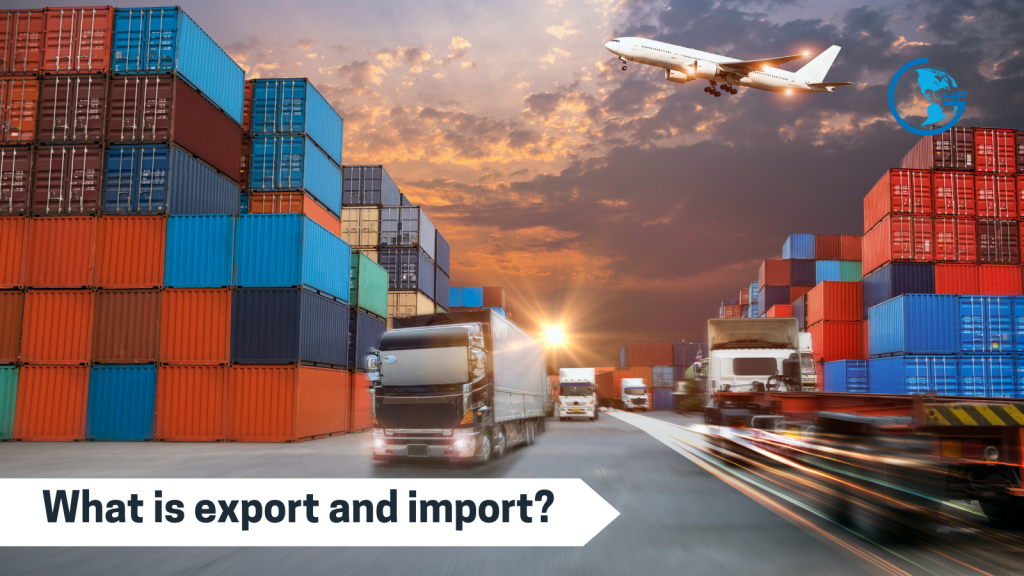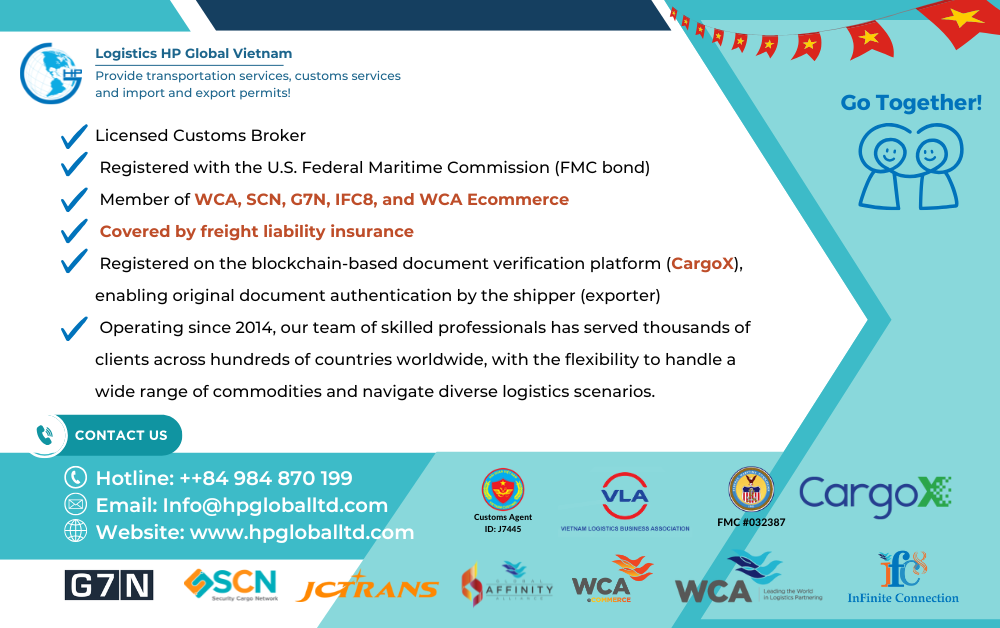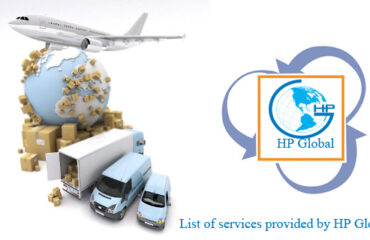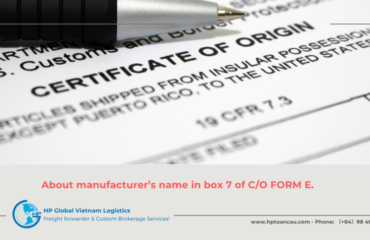The international trade of a country with other countries is called import and export. Import refers to international trade in which one country buys goods and services from another country, while the word export refers to international trade in which a country sells goods and services for other countries.
Why is import and export essential?
Because no country has all the resources it needs to survive. Thus, international trade is very necessary. Countries need to import to supplement the goods and services they lack, and to export the goods and services they can provide and produce.
For example, most of the countries in need of gasoline and oil in Egypt, Saudi Arabia, Iran, Kuwait, etc.
In this article, you will learn about both Import and export and key differences between both of them.
What is import?
Importing is the buying and selling process by which a country needs goods and services from other countries for domestic use.
The import of goods and services put a direct impact on the economy of the country. Higher the import trade means weaker the economy.
For example, the import of oil and fuel of many countries, depends largely on the countries of the middle east. That has given these countries high export rates and boosted their economy/wealth.
Because of this reason, countries want to achieve a balance between import and export so that there will be less burden on the economy.
The solution to that is to avoid importing goods and services, and to increase production. However, the resources/goods that cannot be produced domestically or whose costs are higher than when produced in the country are imported from other countries.
The process of importing goods in the country:
Looking for suppliers (also known as exporters)
Learn about suppliers, products, markets, prices. Make contracts on terms and conditions of sale, delivery of goods,…
Survey of import procedures
Import and export goods are managed by the governments of each of their countries, which means that when you make an import, you will need to check with the goods you import, what procedures are required. This survey will help you know what documents you need to fully prepare it. For example: applying for permits, checking quality,…
Letter of credit
It is an important step in the process of import. It saves you from problems at a later stage. You obtain a letter of credit from the bank, which shows your credibility. The letter of credit proves your authenticity and terms and conditions for the order.
Transport
Book your shipment (by air, by sea, etc.) to transport the goods from the exporting country to the importer’s seaport/airport.
During this process, you will need to complete and check the documents related to the shipping process: invoice, packing list, bill, ….
Customs clearance and release
Last and the most tiring process of import is to the customs clearance process. You need to fulfill a large number of legal formalities to get a hold on the goods imported.
What is the export?
Export stands for selling goods and service which are produced in the home country to other countries. The export trade is healthy for a country. It helps the economy and makes it stronger.
The process of exporting goods:
Receiving inquiry and sending quotation
Buyers send inquiry request to all potential seller. The seller is required to send the quotation for the order, and the buyer accepts the proposal of the seller that suits him or with least market price.
Receipt of order
In case, buyer likes your order; he will send you the order receipt. The receipt contains information related to order.
Making an inquiry about the credibility of the buyer
In this step, the seller enquires about the credibility of the buyer and ask the buyer to send a letter of credit to start processing order.
Obtaining an export license:
An exporter is required to have a license to be able to export goods.
The goods are being produced as per the requirement of the importer.
Inspection of the goods produced
Once the first batch of the goods produced, the inspection of goods is made in order to make sure the good quality of products. If there is any fault, the production process is changed.
Certificate of origin
A certificate of origin is sent to the importer to certify that the goods are actually produced in the country.
Making a reservation of shipping space with the exporting firm
You need to take service of a shipping company in order to deliver goods to your seller. You need to make a reservation in advance with the shipping company and also tell them the what kind of goods you want to export, the number of goods, the date of shipment and the destination of delivery, etc.
Preparing your order and packing them to forward to the shipment company
Once your order is ready. You need to pack the goods so that they don’t get damaged in the process of shipment and don’t forget to mention the destination address and nature of goods on the packaging.
Get insurance
You can be sure of the natural calamities or accidents when your goods are in transit. Therefore, you must get insurance for the goods in order to avoid future loss.
Custom clearance
Get your goods cleared from the customers so that they can be delivered to the buyer without any interruption in the transit.
Receiving payment
Once the goods are delivered to the buyer. Next, you are required to receive all related documents such as invoice, bill of lading, certificate of origin, and letter of credit, etc. these documents are delivered to the seller in exchange of bill.
Conclusion
Import and export is an important activity of all countries. Countries need to export goods that they can’t produce and import products to help the economy.
In which, exports are always concerned by the countries themselves. Because a country with a high export rate will have a good economy.
Currently, to carry out the import-export process, if you do not have the expertise and your own import-export department, they will often choose to use the services of logistics service providers.
→ Contact us for freight and inbound and outbound services for shipments to / from Vietnam – Email: info@hpgloballtd.com
Logistics HP Global Vietnam
Freight forwarder, Customs Broker and Vietnam Import/export license
Building No. 13, Lane 03, N003, Van Khe, Ha Dong, Hanoi
Website: hpgloballtd.com / hptoancau.com
Email: info@hpgloballtd.com
Phone: ++84 24 73008608 / Hotline: ++84 984870199/ ++84 8 8611 5726 / whatsapp: ++84 865996476
Note:
– The article is for reference only, prior to using the content, it is suggested that you should contact HP Global for whether any update
– HP Global keep it full right copy right of the article. No copy for commercial purpose is approved.
– Any copy without approval by HP Global (even note quote from website hpgloballtd.com/hptoancau.com) can cause to our claim to google and related agencies.
 Tiếng Việt
Tiếng Việt  English
English  简体中文
简体中文 










